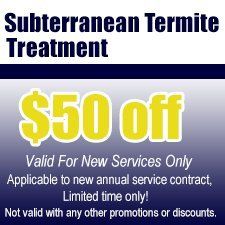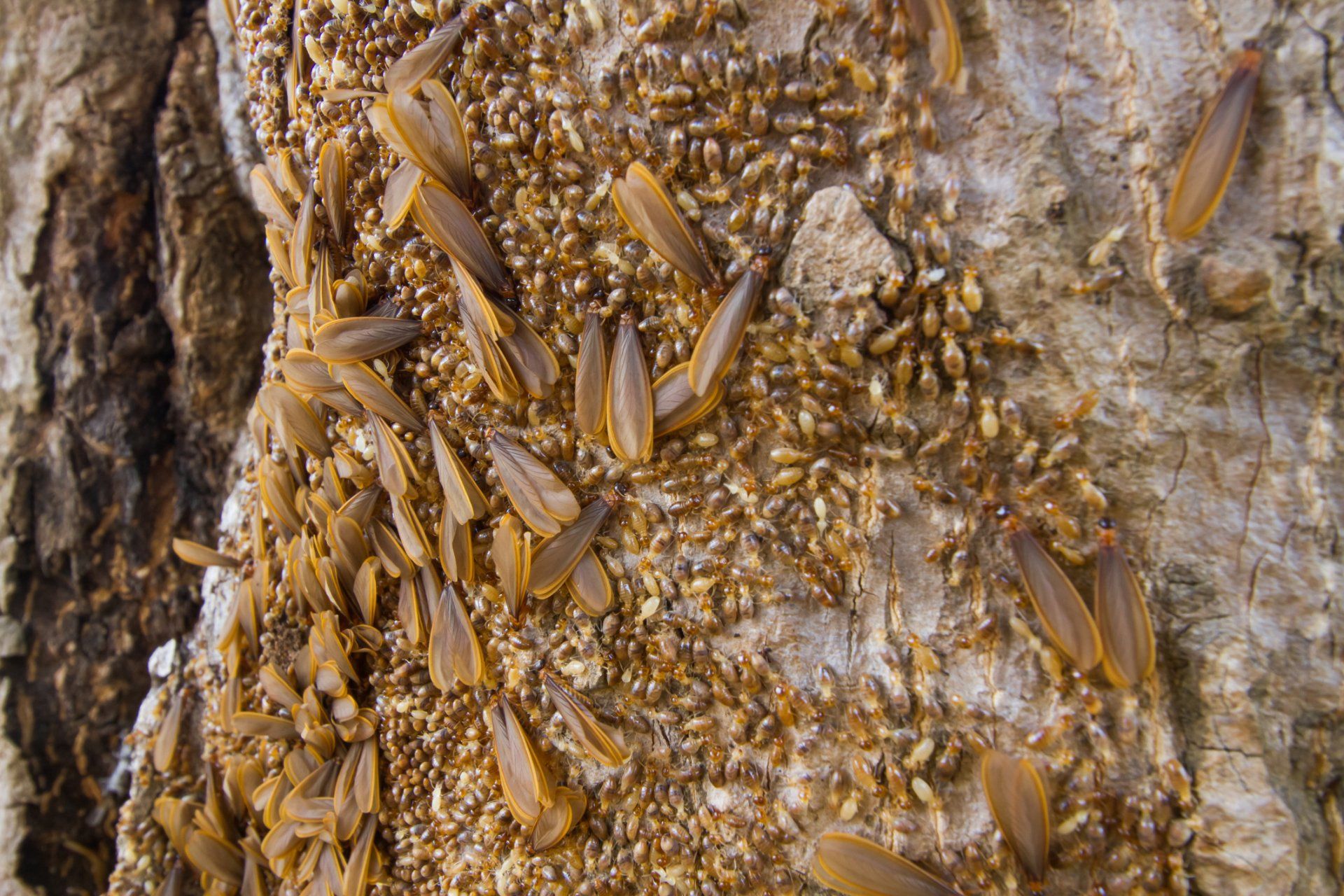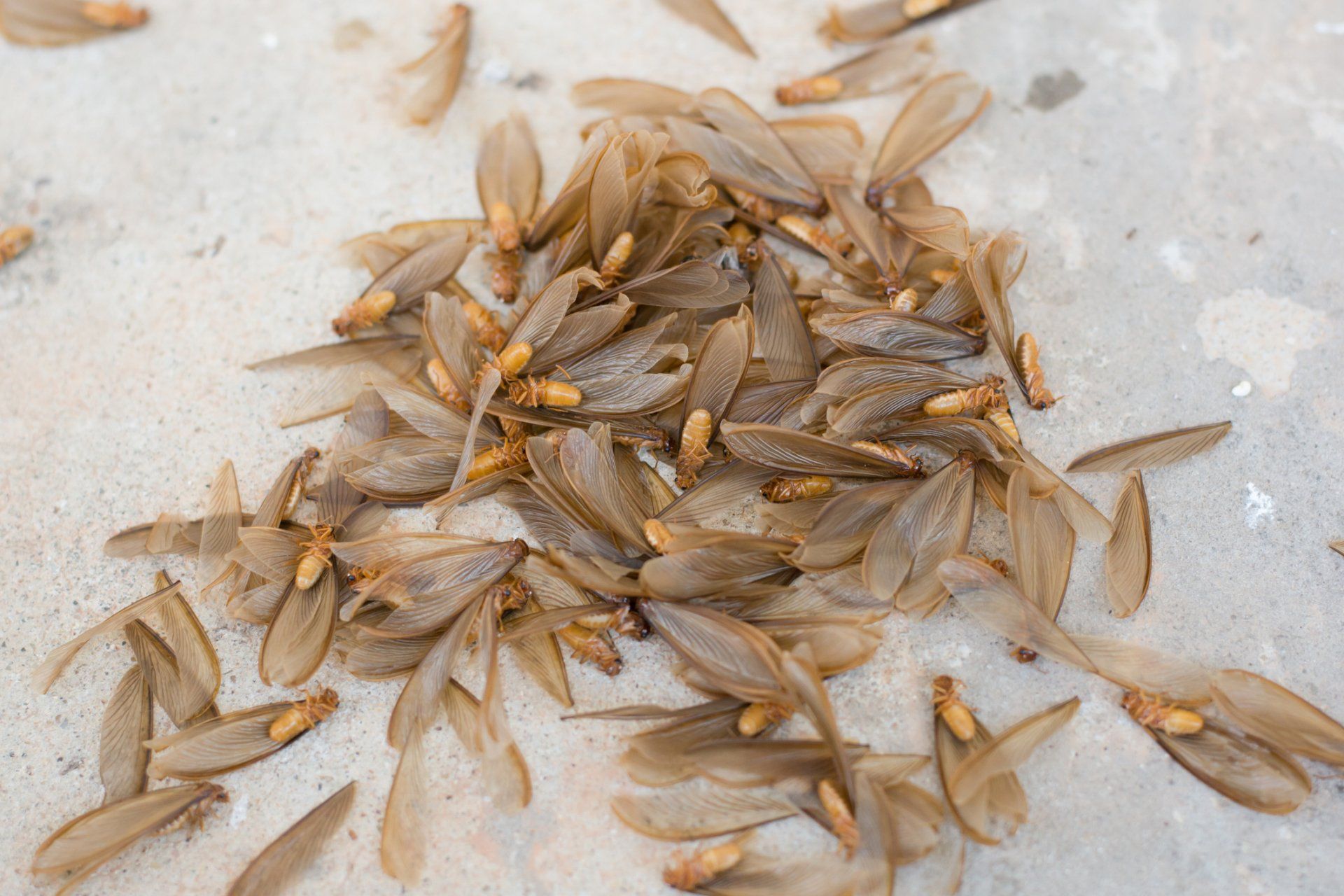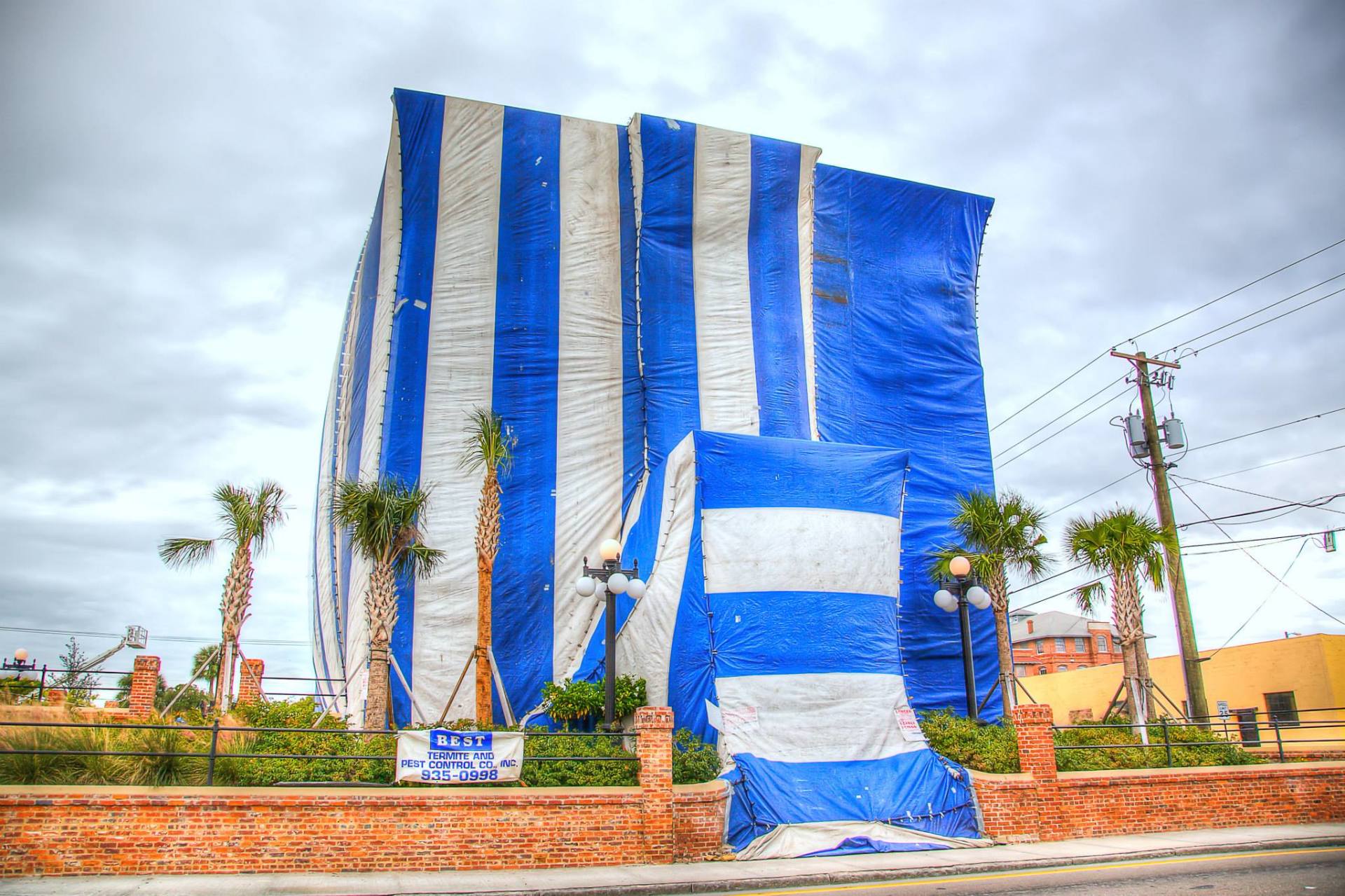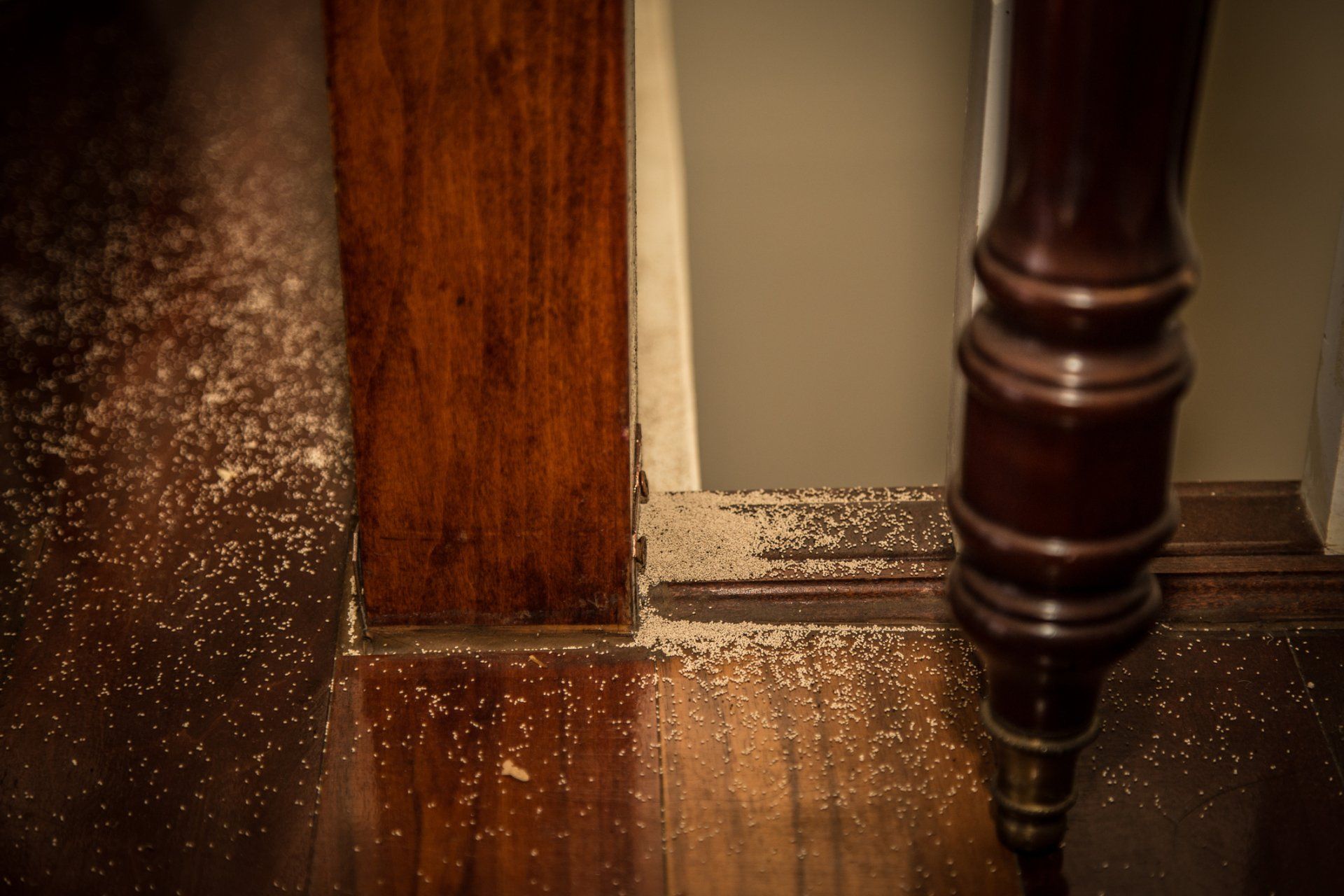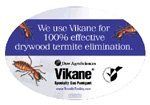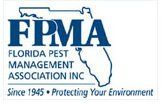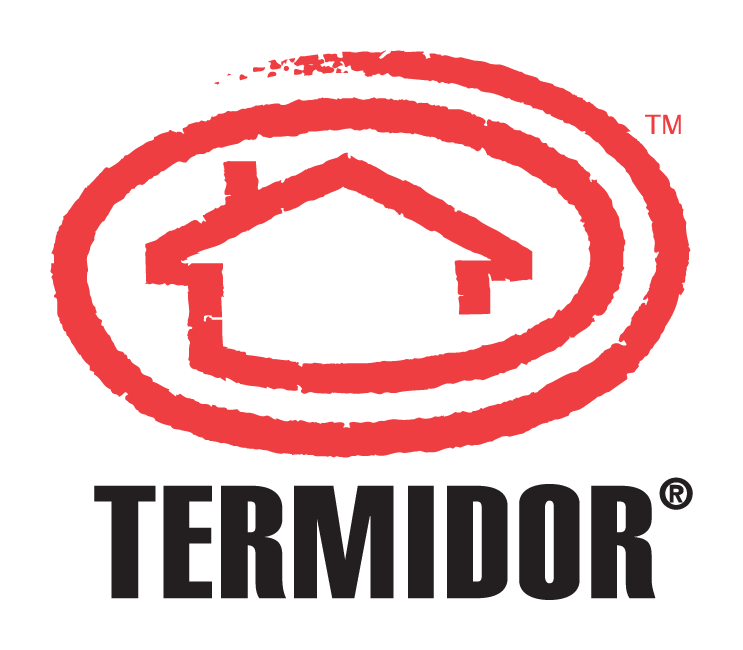Destroy Termites Before They Destroy Your Home or Business
Request For Free Estimates
We will get back to you as soon as possible.
Please try again later.
- Size
Drywood termites are different sizes depending on their caste. Soldiers are typically three-eighths of an inch long. Reproductives (both male and female) measure one-half of an inch in length.
- Color
A drywood termite is usually pale brown, though it can vary between dark brown and light, yellowish-tan. Alates, or winged termites, have wings that can be clear or smoky gray in color.
- Behavior
As with other species of termites, drywood termites are organized in a caste system. Once a queen finds a good spot for a colony (often in the rafters of a home), she chooses a mate (or king) and begins laying eggs. The eggs hatch and join the worker caste that eats (and damages) wood and cares for the rest of the colony. As the termite colony ages, some of the termites develop into reproductive or soldier castes. Reproductive termites will grow wings, swarm and go off to form new colonies. Soldier termites protect the established colony from ants, other termites and various threats.
Like other species of termites, this species eats cellulose, which is found in wood and other plants. This is what makes wooden structures so appealing to them and why they are found in homes, fences and trees. However, drywood termites eat across the grain which destroys both the soft springwood growth and the harder summerwood growth. Most subterranean termites avoid the harder layers of wood, eating only the softer layers. Because they eat across the grain, the tunneling can lead to a building or tree collapsing if the colony’s network of tunnels grows too extensive.
- Habitat
In the United States, drywood termites can be found in a narrow strip that runs roughly from Florida to California − warm to tropical climates where wooden structures are plentiful and winters are not severe.
A drywood termite likes to eat. And unlike its subterranean counterparts, it does not need moist soil or water nearby in order to thrive. Because they don’t need water, these termites are often found in dry wood above ground level. The wood they eat provides the moisture they need to survive, according to the AgriLifeExtension of the Texas A&M System.
- Tips for Control
Seeing a swarm of reproductive termites, which emerge from small holes in the wood, is a common sign of an infestation, according to the AgriLifeExtension at Texas A&M University.Other signs include blistering of the wood surface, because the termites tunnel too close to the surface, and pellets. Drywood termite pellets are usually the color of the wood they are eating. They are smaller than grains of rice and pile up around damaged wood. Pellets are also commonly found inside tunnels.
To control drywood termites, a pest management professional is needed.
- Termite Prevention Tips
- Keep firewood and other lumber away from your home’s foundation.
- Place fitted, type 20 mesh screen on all doors, windows, vents, openings, etc., especially ones that lead to attics and crawl spaces.
- Seal up any unfinished wood in, on and around your home. You can use paint, varnish or sealant, but make sure the coats are even and any nail holes or other cracks are sealed as well.
- Additional Facts
Drywood Termites can be one of the most difficult species of termite to treat because they require no contact with soil or moisture to keep them alive, which is where the term “drywood termites” originates. While these termites are generally a problem in the Southern and Southwestern areas of the United States, drywood termites can be transported anywhere and quickly spread a thriving colony within any wood structures that provide them with adequate nourishment, including walls, door frames, and fences. While drywood termites can be a difficult pest to eradicate from your property, Best Termite & Pest Control offers a wide variety of termite treatment options in order to take care of your infestation problems quickly and effectively.
- Threaten the Southeastern, Southwestern and Western U.S. and Hawaii.
- Unlike subterranean termites, do not nest in the soil. They nest in wood — even dry lumber like the wood in your home.
- Can infest virtually any part of a home from attics to walls to furniture.
- Size
The size of subterranean termites depends on its caste. Workers measure one-eighth to three-eighths of an inch in length. Soldiers are as long as workers, but have larger heads with powerful mandibles. Both supplementary and primary reproductive measure about 1 inch in length.
- Color
Similarly, subterranean termites differ in color by caste. Workers are cream-colored and pale. Soldiers are also this light color, but their heads are brown. Supplementary reproductives are this same, opaque shade, but primary reproductives are brown or black.
- Behavior
The three main types of subterranean termites – workers, soldiers and swarmers – have specific jobs to do within the colony, and each is uniquely equipped with the tools they need to get the job done. Some termites have eyes. Some don't.
Subterranean termite workers are small, opaque insects that can separate wood or other cellulose from its source. Workers live their entire lives in dark tunnels, both above and below ground. They do not have eyes because they do not need them. But, interestingly enough, they can still tell the difference between light and dark. They know being in the light means they are in danger of predator attacks, not to mention losing valuable moisture from their bodies. When worker termites find themselves in the light, they return to the dark as quickly as they can.
As the colony grows, supplementary termite queens help lay eggs and increase the size of the colony. Subterranean termite swarmers – another form of reproductive termites – develop when the colony is three to five years old and eventually leave the colony to start a new one of their own. These subterranean termites have eyes that are much more developed since they have to leave the security of the dark nest and mud tunnels. Out of all three types of termites, they’re the only ones that can see.
- Habitat
As their name indicates, subterranean termites live several feet below ground in bustling colonies.
- Tips for Control
Termite attacks are subtle, often going undetected for many years. Over time, they can cause serious damage. Don’t wait for termites to show themselves. Trained specialists know where to look and what to do to keep termites out. They can give you the protection you need and the peace of mind you deserve.
- Termite Prevention Tips
- Store all firewood away from the home.
- Make sure four inches of the foundation is showing and no mulch is touching the home. Siding should not extend down into the soil.
- Keep drainage systems unblocked and routing water away from the home to prevent buildup.
- Eliminate leaks and moisture from the home in general.
- Additional Facts
- Are the most common termite threat in the U.S.
- Nest in the soil below the home and travel upward to feed on the home's wood structure.
- Include Formosan termites, an invading group attacking some coastal states, and they are even more damaging and threatening.
Did you Know?
- Drywood termites come from above
- Subterranean and Formosan termites come from below
- Termites never stop. They feast 24/7.
- Termites exist in every state but Alaska.
- Termites can fit through a crack as thin as 1/32nd of an inch, which is the thickness of a credit card.
- A well-organized subterranean termite colony can have more than a million hungry workers consuming over 100 pounds of wood per year.
Termite Treatments
- Drywood Fumigation
- Termidor Treatment
- Sentricon Colony Elimination System
- Advance Termite Bait System
- Post-Construction Treatments
- Pre-Construction Treatments
- Real Estate Inspection Reports
- Drywood and Subterranean Termite Spot Treatments
- Bora Care
- Furniture Fumigation/Vault Fumigation
- Free Inspections
- Same-Day Service
- And more…
Tent Fumigation
- LEARN MORE
We can inspect and offer termite treatment for your property using tent fumigation. Our termite control specialists offer termite fumigation for large and small structures including homes, condominiums, commercial buildings, churches, schools and more.
BROWSE OUR WEBSITE
CONTACT INFORMATION
- Mon - Fri
- -
- Saturday
- -
- Sunday
- Closed







